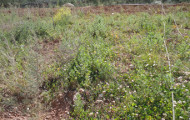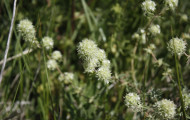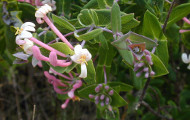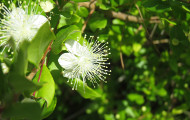Main Results
Since it began in the 1980s, the exploitation of this quarry has been performed in different ways and at different paces.
This results in a patchwork of “restored” areas, characterized by their specific locations, ages, sizes, types (platform or slope), and, mainly, revegetation procedures (species used, way of introduction, maintenance actions, etc.).
As a consequence, the studies address a variety of situations, thus producing a wide range of results and recommendations, relative to each specific situation.
The early actions accelerated the establishment of a new and healthy plant community, mainly composed of native species, with a diversified structure and function and adequate resilience (e.g. to fire). However, the restored terraces still exhibit relevant deviations from the reference ecosystem, e.g. the persistent dominance of the non-native Aleppo-pine, introduced as a useful pioneer species. Pine-thinning was tested and was a successful adaptive management tool to alleviate inter-specific competition and to promote changes in the functional structure of the plant community.
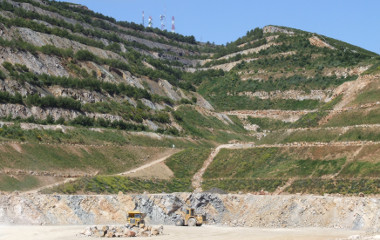
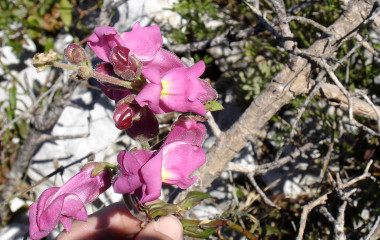
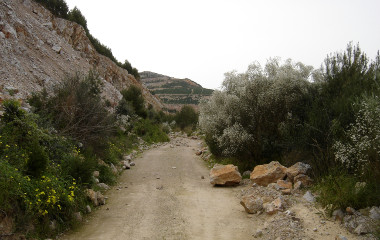
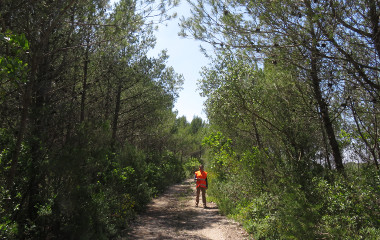
Restoration of slopes was clearly less successful: relatively poor cover, dominant herbaceous layers (contrasting with the reference ecosystem), poor spontaneous colonization and persistence of the sown non-native species. Different compositions and dosages of seed mixtures were tested, attempting a proper representation of main species and functional plant types, and accounting for interspecific interactions that might condition the outcome of the whole vegetation.
A significant reduction of the usual seeding density favoured native species without compromising the control of erosion. Excessive disturbance (e.g. land works), fertilization and irrigation hindered restoration by favouring the establishment and/or development of spontaneous non-local species (including dominant weeds) which prevent or delay the successional trend towards the reference.
Plant communities are dynamic and short-term measures of cover and diversity are not reliable indicators of restoration success. All the studies highlighted the importance of prolonged monitoring programmes, in order to timely detect deviations from the intended vegetation trajectories and to put in place management actions to re-direct them.
